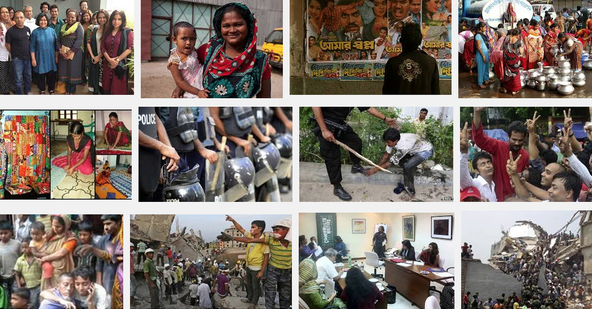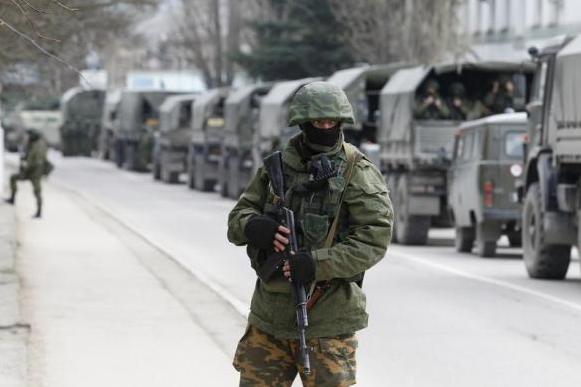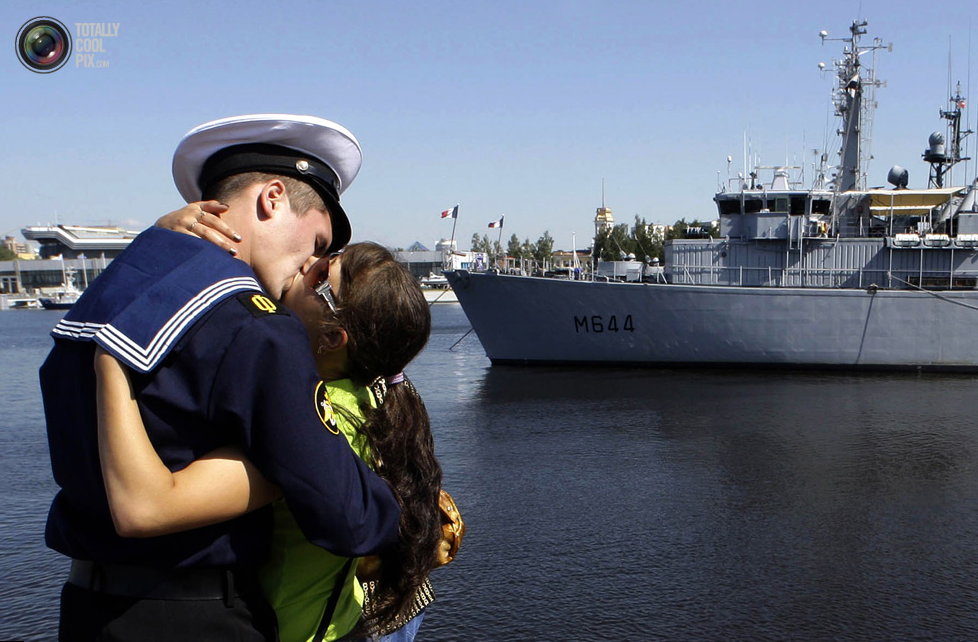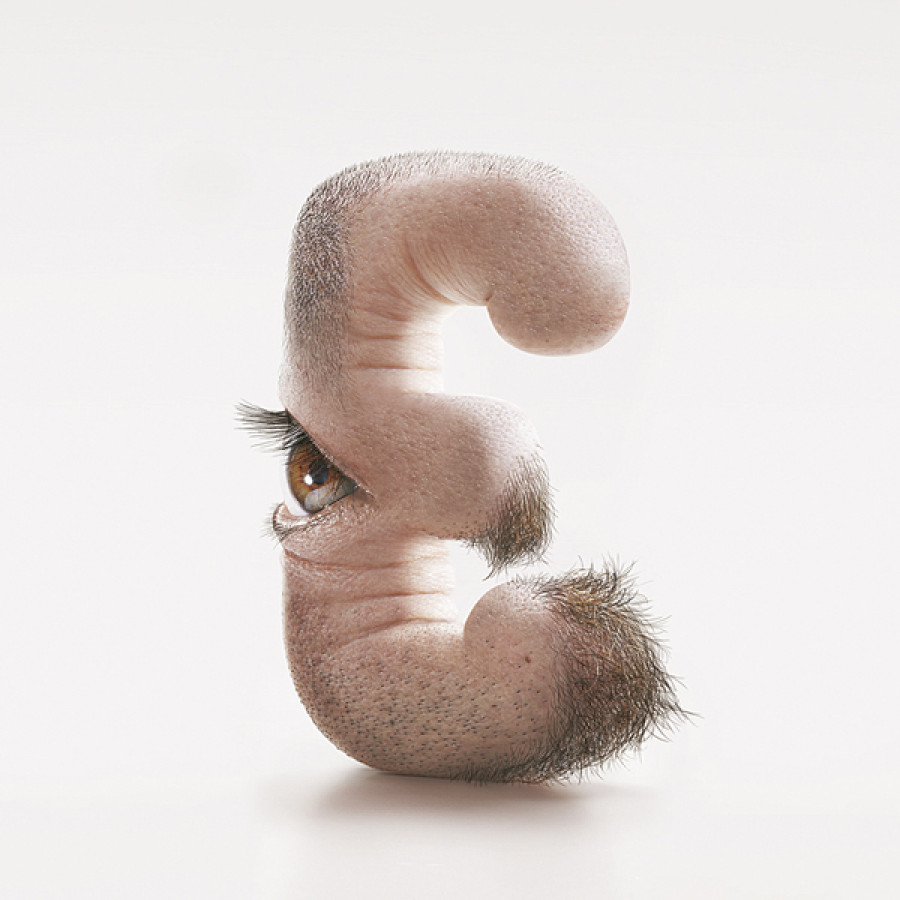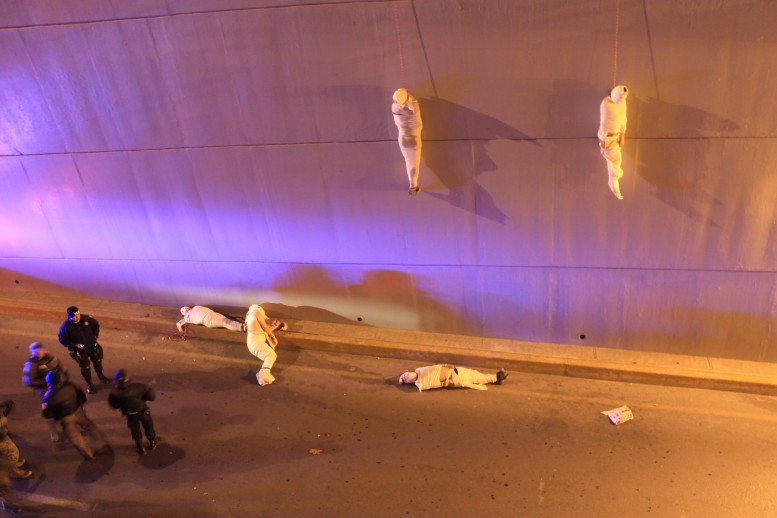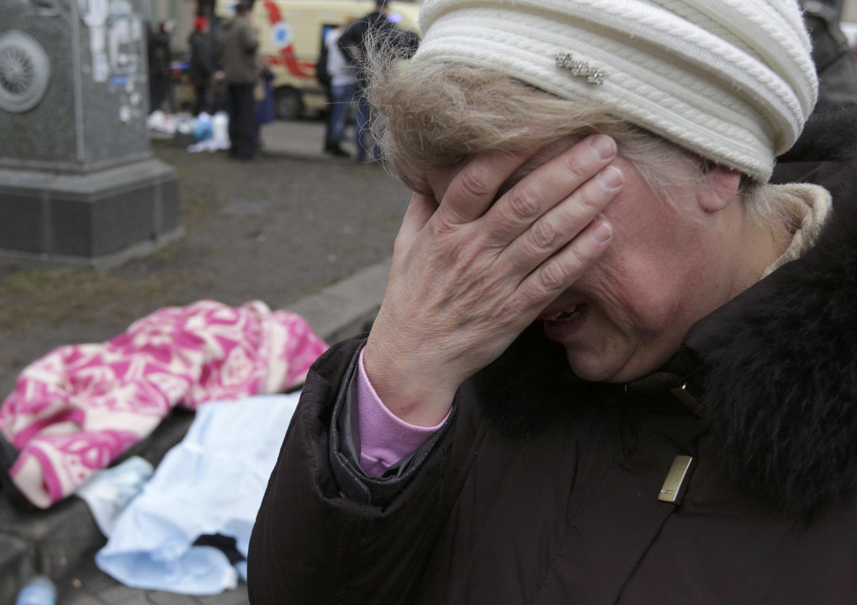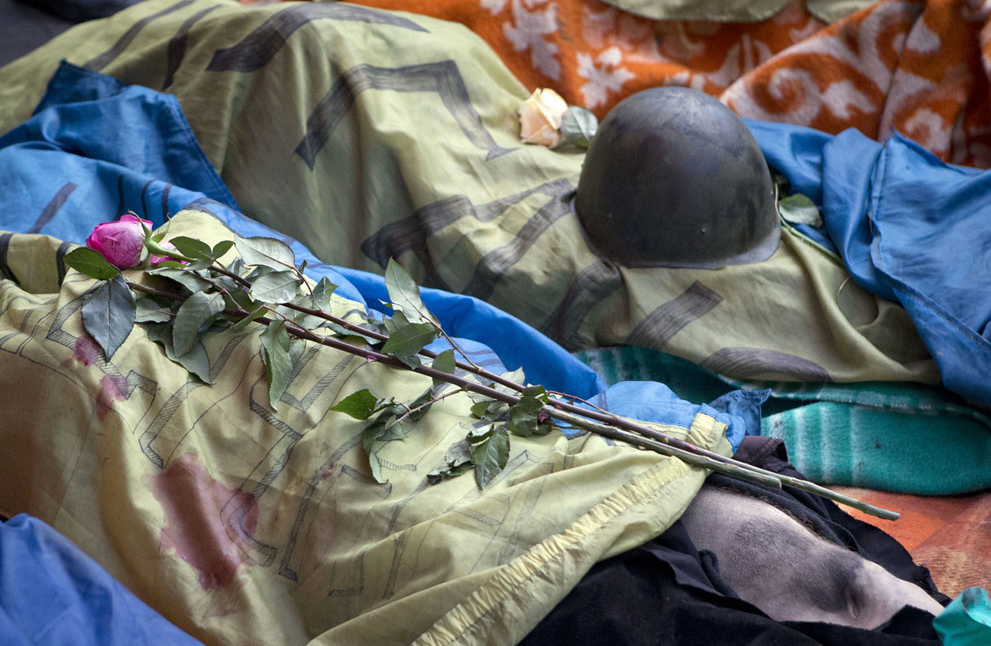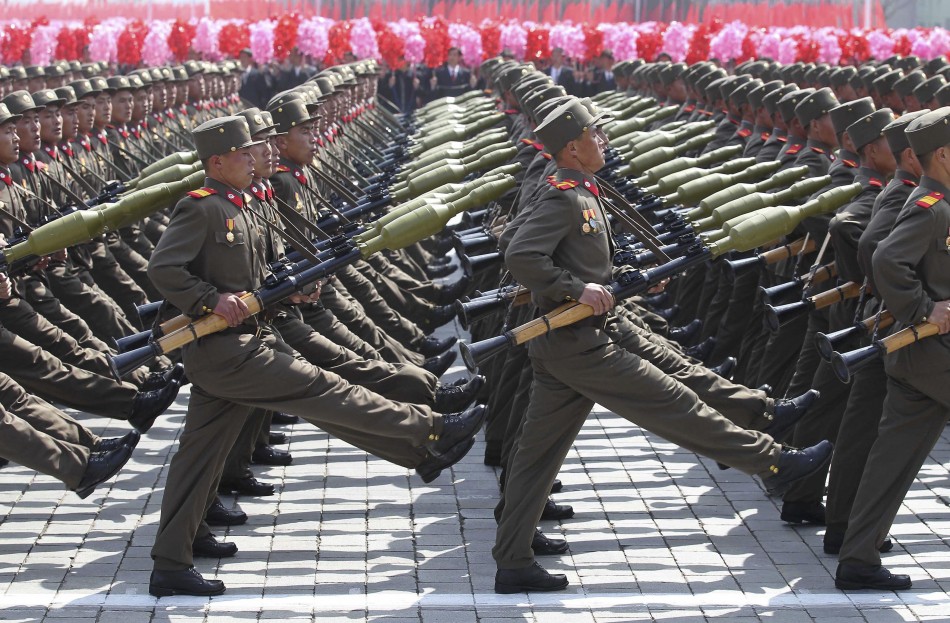
In the past couple of weeks the public has been confronted with evidence of systematic and extensive torture in both Syria and North Korea. The Syrian crimes were publicized first, due to the release of 55,000 photographs that had been smuggled out of the country; the photos had been taken by the government and left little doubt that the atrocities were government policy. That disclosure was followed this week with the release of a UN report that documented a gulag of prisons where hundreds of thousands of North Korean citizens were tortured, worked to death, and murdered. In each case, the stories were widely publicized across major media outlets, and the UN and individual states discussed sanctions and other reactions to protest and possibly stop these crimes against humanity.
Now here’s where it gets interesting. In the case of the Syrian photographs, the release prompted discussion–again, in major forums such as the Op-Ed page of the New York Times–lamenting the inability of the photographs themselves to adequately motivate public action. Nor were these ill-considered or unsophisticated discussions: for example, the contributions by Susie Linfield at the Times and Fred Ritchin at Time Magazine’s Lightbox are thoughtful analyses by two of the best in the business. Each is trying to articulate a core ethical principle for photography as it is a public art, and to identify changes in the “social contract” of public spectatorship (to use Ritchin’s phrase) that may be occurring due to the technological innovations that are transforming all media today, and to invite the reader to think carefully about how moral decency and solidarity can be supported in that media environment. Every controversy should have it so good.
Now consider the case of the UN report on North Korea. The report is 372 pages in length–the executive summary is 38 pages–and details crimes that are far more extensive than the 11,000 deaths documented by the photographs from Syria. Other news sources provided additional summaries, including the “10 starkest paragraphs” from the report, and there was extensive discussion of whether North Korea would change its behavior. Those analyses featured a raft of geopolitical considerations: the role of China, US and North Korean relationships with South Korea, problems at the UN, etc. Of course, and as illustrated by CNN, no one really thought that anything would change. What they did not feature, however, was serious discussion of the rhetorical incapacity of the written word. The analyses stayed close to the political situation and acted as if the print medium had no responsibility by itself to motivate action. Information only, please, and leave the rest to us, or them actually, or to the photographs that are supposed to do the heavy lifting of persuasion.
Not to put too fine a point upon it, but this disparity is nuts. In one case the bar certainly is too high, and in the other it probably is too low. Was the language of the UN report part of the problem? I guess we’ll never know. Were the Syrian photographs evidence of a moral failure, even though many of the reports on their release provided only glimpses of the images, or none at all? Of course, they had to be.
I’ve posted on some of these issues before and won’t rehearse that here. Let me be clear, however, that I am not saying that there are no relevant differences between the media–for example, that photographs cannot be more emotionally evocative–although I think those differences often are characterized in terms of gross simplifications that occlude more important continuities across media. The point I want to make today is that both public and academic discussion has saddled photography with a highly unrealistic model of persuasion. The assumption is that photographs are supposed to persuade, and any failure to do so then motivates increased ethical scrutiny of the medium. This failure and subsequent scrutiny are most likely to occur when the stakes are highest, that is, with atrocity photographs.
This approach to photography relies on a particular model of persuasion, which can be summarized in three steps: The horrific image should create a direct encounter, that produces a moral shock, that produces a decisive effect. The model seems intuitive because each of the three experiences does occur, and not only with photographs but also with language and other media as well. We all have felt the intense connection that can arise in face to face argument or when engaged with a work of art; we all have been stopped in our tracks by a personal revelation or documentary photograph; we all have seen a statement of fact or a graph change the entire tone of a meeting, or watched a speaker turn an audience on a dime. Persuasion such as this does happen, and it does happen with photographs. But it happens very, very, very rarely.
To see that, just reflect on the rest of your experience talking with people, arguing at home or at work or anywhere else. And consider how strange the world would be if the decisive effect happened all the time, and consider by contrast the enormous amount of energy and redundancy that are needed to get any kind of agreement on political issues. “It takes time to turn a battleship,” “Rome wasn’t built in a day,” and similar adages are much closer to the actual conditions of consensus.
Nor is this because human beings are stupid or morally lax (although we are). We also are separate individuals living in pluralistic societies and democratic institutions, and highly constrained otherwise. The result is that for each of the three ideal results to occur, a great deal also has to be in place. When we do observe those dramatic transformations, a great deal already is in place–so much so, in fact, that we can take it for granted to the extent that allows to us think that the image or text or speaker alone is doing the work. With atrocity photos the case is even more complicated, as the paradigmatic images continue to be the images from the Holocaust, which came out only after the need for action had passed. So it was, and is, that we could experience the moral shock in almost pure form, without having to face questions of commitment and constraint. (I am among those who was changed forever when first seeing those images in the 1960s, but I did not go to war against Nazi Germany.) Images do persuade, but the range of effects is much wider and less immediately obvious than is typically assumed.
To return to the reports about Syria and North Korea, consider how neither photography nor written prose are the primary problem. First, the news was not news. We were told that brutal authoritarian regimes were in fact authoritarian and brutal. (The use of stock images such as the one above for the North Korean story illustrate that point.) In addition, the news reports were highly conventional. Thus, instead of a direct encounter, redundancy. Second, the atrocities were not news. Crimes against humanity have been being committed relentlessly around the globe for too many years, making a mockery of “never again.” Terrorism and state terrorism, genocide and “untethered” violence (to use Susie Linfield’s term), mass rape and permanent open air prisons: a muted response can have more to do with not being a fool rather than with moral exhaustion. So, no moral shock. Finally, what could be done? The Syrian government already is being attacked by forces receiving support from many nations, only to replace it with a regime that could be as bad or worse. North Korea sits on China’s doorstep and has nuclear weapons that can reach South Korea and Japan; not much to be done there. So, no decisive action.
None of this assessment argues against moral and political engagement or for a status quo of doing nothing. It does suggest that the political imagination is being held hostage to a myth of how public action should occur. The model of direct encounter, moral shock, and decisive effect is that myth: it is relevant some of the time but taken to be relevant all of the time, which allows other elements of the social structure to escape accountability. Instead of worrying about either the image or the spectator, perhaps we might ask instead just what and who else should have to answer for modernity’s continued entanglement with horror.
Photograph from Reuters.
3 Comments
